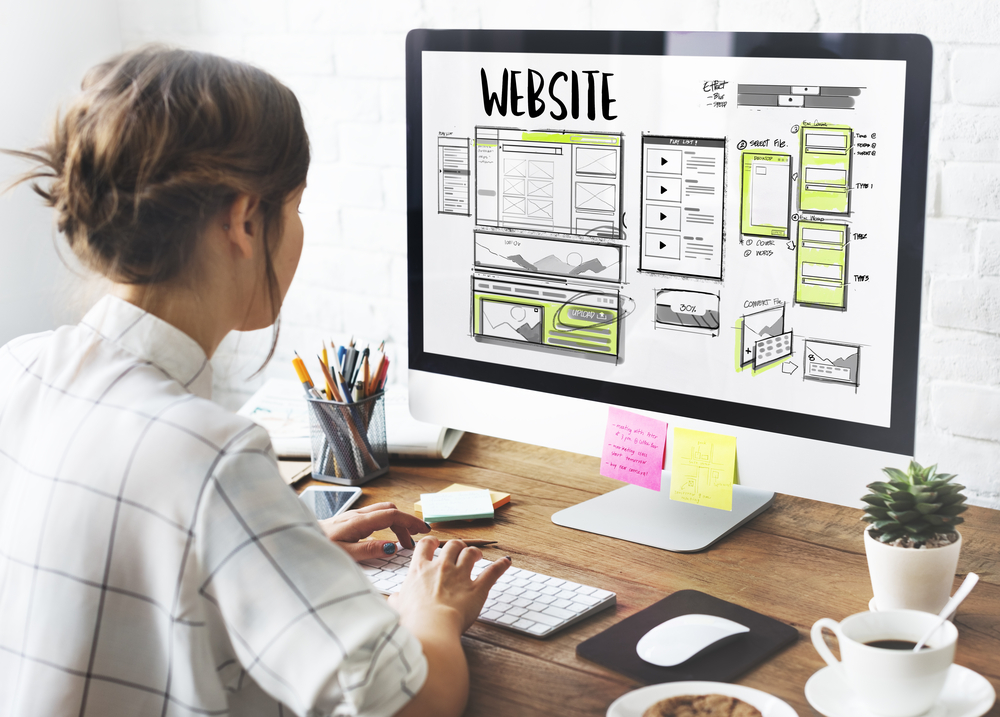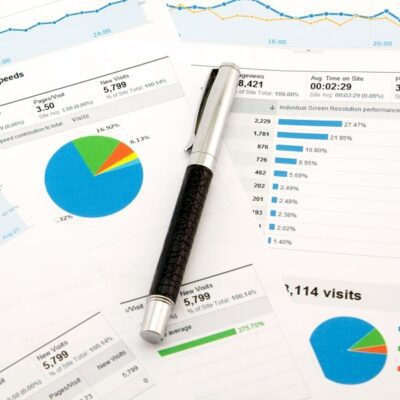Everyone wants a site that looks good. However, when you are first designing your site or if you are in the middle of a redesign, you need to make sure that your site is built with the best SEO practices in mind. This will allow your site to be easily crawlable by search engine bots, plus it will contain easier navigation for users and result in higher rankings for your keywords.
After all, what is the point of a well-designed, content-rich website if no one is able to find it?
If you have hired a company to design your site, then following these guidelines will allow you to know if they are doing all they can to optimize for search engines. It will also give you some ideas on what you can do if you ever decide to expand your website.
Keyword Research
The first step to building a site is establishing what keywords you want your site and its pages to rank for. This will require in-depth research into your products and services, as well as what you feel comfortable targeting or can afford to target. Choosing the best keywords is a complex process and should be reserved as a topic on its own. Take a look at Boostability’s article on keyword research for more information.
Navigation
Navigation is a big issue for your site when it comes to both visitors and search engine spiders. Visitors need to be able to find the information they need and navigate through the site without much difficulty. You also want to make sure that there are no orphan pages, or pages that don’t have any other page linking to them. Creating a top navigation bar where visitors can access each page will show users and bots that your site is easy to navigate, and you will be rewarded with better rankings from it.
The other important part for navigation is making it easy for spiders/bots to navigate the site. This will allow all your pages to be properly indexed and easily found in SERPs (search engine results pages). If you have hard-to-reach spots, bots will get “frustrated” and not worry about trying to get through a convoluted site. This will, in turn, prevent some of your sites from getting indexed.
For more information on the subject, Search Engine Land has a helpful article about improving navigation.
Simple Coding
One of the back-end elements that you should keep in mind is keeping the code simple and free of errors. This does two things for the website. First, it makes it easy for spiders/bots to read the site and to digest the information for easier recall later on.
Simple and clean coding also improves load times so that users aren’t waiting for information. This is important because it has been shown that, when users have to wait for information to load, they are more likely to leave the site and attempt to find their answers elsewhere. Large pictures and other factors can also affect how fast or slow your pages load. Using tools such as Google PageSpeed or Pingdom will help you identify and diagnose any problems your site may have.
Social Elements
Social elements are an important factor for your site. It allows visitors to share content from your site with friends and family across a variety of social networks and sites, including Facebook, Twitter, Google Plus, Pinterest, and more. If your content is creative or informative enough to be shared, your site could be seen by a large number of potential customers.
When you include these elements, it also provides search engines a greater authority for your site because you are connecting with customers and visitors and establishing your brand across several platforms. Be sure to add a way for your visitors to use and access your social media pages from your website.
Indexing
A really important part of ranking and site building is making sure that each of your pages can be properly accessed by search engine spiders. A page will only be displayed on SERPs if the page has been indexed.
Some factors that affect this process are robots.txt files, sitemap.xml files, and even robot meta tags. Each of these things tells bots when and where they can crawl the site and what they can put into their index. When you have each of these files set up correctly, then your site will be indexed and eventually will start displaying in SERPs. Take a look at this guide from SEOmoz for more on indexing your site.
Content
The last, but probably most important, part of creating a great website is to have content that is relevant to your industry and really sets your site apart from all others. You need to show your visitors and bots that your site is the authority for certain services or products. When you have unique and relevant content, it can directly affect your site’s rankings. To really spruce up your content, read our blog post on how to take your content to the next level.
When you take into account all these factors when building your site, you will be sure to enjoy more satisfied users and bots. Satisfied search engine bots mean higher rankings within your site’s category and more success overall for your site or business.









